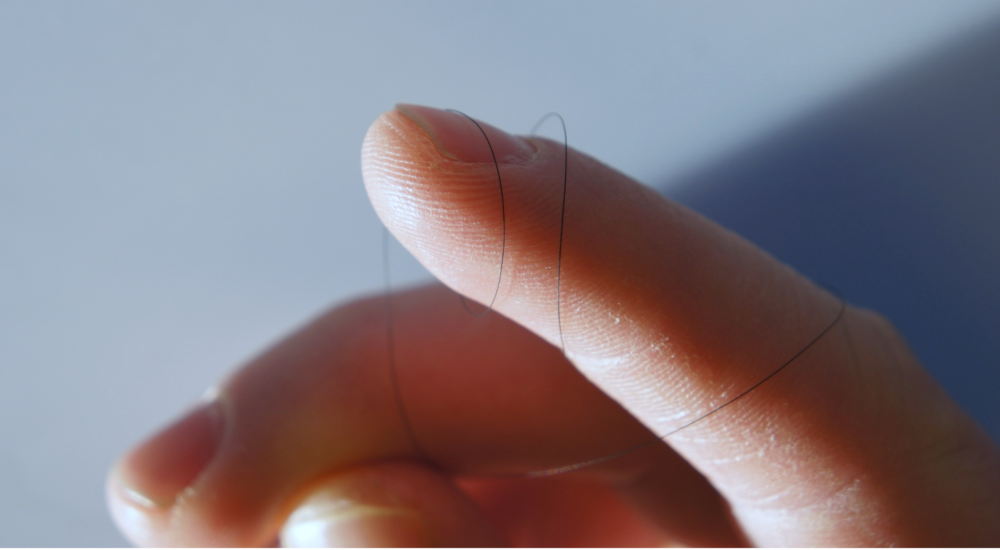We present RESi (Resistive tExtile Sensor Interfaces), a novel sensing approach enabling a new kind of yarn-based, resistive pressure sensing.
The core of RESi builds on a newly designed yarn, which features conductive and resistive properties. We run a technical study to characterize the behaviour of the yarn and to determine the sensing principle. We demonstrate how the yarn can be used as a pressure sensor and discuss how specific issues, such as connecting the soft textile sensor with the rigid electronics can be solved. In addition, we present a platform-independent API that allows rapid prototyping. To show its versatility, we present applications developed with different textile manufacturing techniques, including hand sewing, machine sewing, and weaving. RESi is a novel technology, enabling textile pressure sensing to augment everyday objects with interactive capabilities.

Introduction
Today, textiles make up an essential and indispensable part of our daily lives. Since they are generally lightweight and highly flexible, they are applicable in a wide range of applications. Beyond their traditional use in clothing, they are also used in furniture, vehicles, construction etc. In combination with electronic components, textiles can be enhanced with several additional capacities ranging from sensing and actuation to lighting and display information. In recent years, many computing technologies have been sewn, woven, or knitted into smart fabrics. Fabrics have been used for data storage, for non-invasive measurement of pressure distribution on the human body, as a display, or as an input device. In this context there is also a significant body of work that aims to simplify the creation of interactive textiles.
Overall, sensing approaches that were deployed in such interactive textiles can be divided into capacitive, optical, or resistive principles. Capacitive and optical sensing can be integrated easily into fabrics, as the required yarns are relatively simple. However, the required electronics to make it pressure-sensitive is more complex. The electronics for resistive sensing is comparably simple as it just requires a basic voltage divider. Until now, however, the drawback of resistive sensing approaches was their complex textile setup that required a multi-layer design. This makes the approach suffer from mechanical issues, such as alignment shifts or wrinkles. However, inspired by the pressure sensing accuracy of these sensors, our vision was to develop a new kind of resistive textile sensor emphasizing the strengths and reducing the mechanical sources of errors.
In this paper, we present a pressure-sensitive textile sensor, where the yarn itself becomes the key component for sensing. This newly-designed and implemented yarn features a conductive core surrounded by a resistive, carbon-based coating. We introduce the yarn, describe its properties, and show how to create various interactive textile interfaces with little effort. We believe that such a sensor can be used in various DIY projects as well as in more industrial contexts and could be beneficial for many applications providing a significant additional contribution to the existing work of smart textiles. In summary, the main contributions of this paper are:
- The presentation and technical evaluation of a novel yarn consisting of a conductive core with a resistive coating, which can be used in various textile manufacturing processes like hand sewing, machine sewing, or weaving.
- The design and implementation of a measurement principle that enables the use of this novel yarn for pressure sensing.
- The design and implementation of a sensing platform that includes the necessary electronics as well as a platform-independent API to support a wide range of DIY projects and rapid prototyping.
- The demonstration of different textile manufacturing techniques in different applications, which highlight the versatility of the presented sensing technology.

